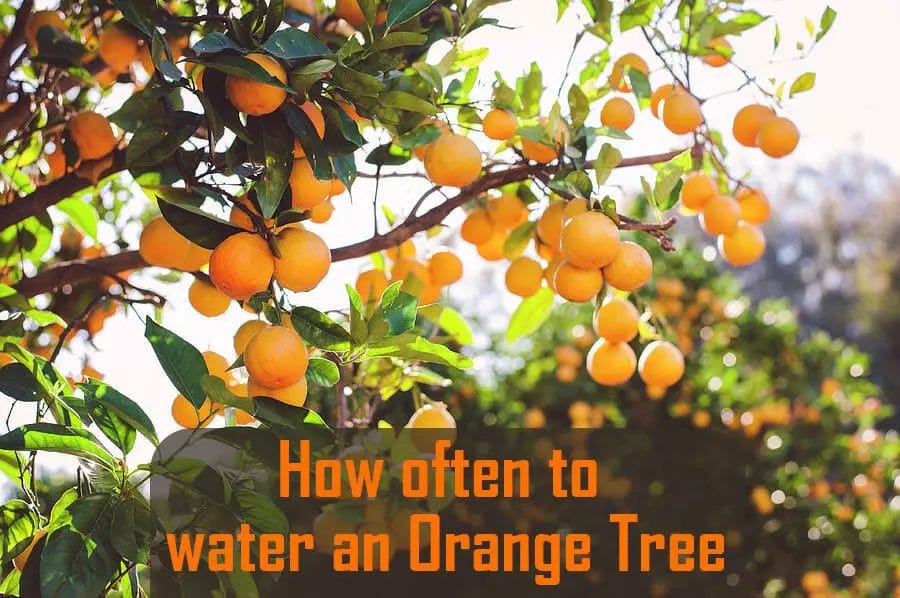Here are 17 ways to block water entering our house:
1. Regrade around the house.
Sometimes, the best way to prevent the water level from pooling near your house is to do away with it together.
Regrading is removing dirt from one area and moving it to another. It's used in construction projects when the land around a building needs to be leveled out or when an existing building needs additional support to maintain its foundation. Regarding can also help prevent erosion on sloped lots and reduce flooding if done properly.
The first step involves digging out dirt from around your home and moving it somewhere else; then, you'll need some kind of barrier (such as a stone wall) that will keep water away from your house during heavy rainstorms or other precipitation events.
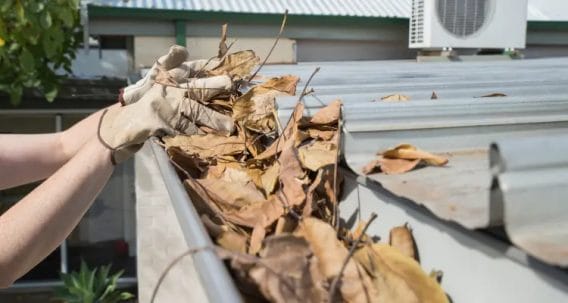
2. Clean and maintain gutters.
Keeping your gutters clean and free of debris is one of the most important parts of blocking water from entering your house. It's estimated that over half of all rainwater enters through the roof, so it's important to ensure gutter systems are working properly. You should check them at least once a year for loose or missing shingles, cracks in the foundation, cracks in walls and windows, and cracks around doors.
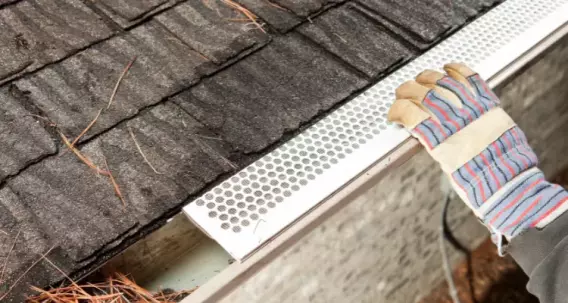
3. Install a gutter guard (and keep them clear).
A gutter guard is an attachment for your gutters that prevents leaves, twigs, and other debris from entering your gutter. You can buy a DIY version from Amazon or Walmart if you don't want to spend money on a full-blown gutter guard system. These are usually made of rubber that attaches directly to the inside of the gutter.
Gutters should be wide enough to allow water to flow easily without clogging them up but not so big that they overflow when it rains hard outside. If your gutters fill up with too much water and leak into your home during heavy rainstorms, then you need to reduce their size so they don't overfill when it rains hard outside (or install a better seal around them).
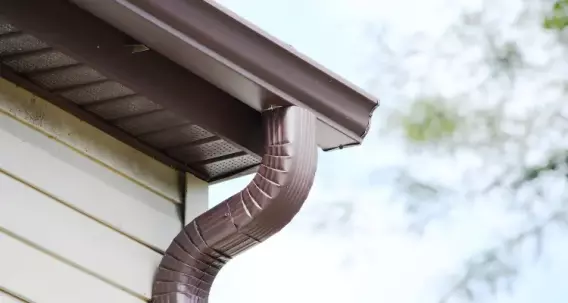
4. Dig channels to guide water away from your house.
With a shovel, it's pretty easy to dig channels that can guide water away from your house. However, keep in mind that the channel should be at least as deep as your foundation is tall so that it doesn't just disappear once it reaches the ground. Also, make sure you dig channels away from your house.
If you dig next to your foundation, large amounts of water might get stuck and create a dangerous situation for your home. If you're doing this during heavy rains or melting snowfall and already established waterways nearby (such as streams), try to follow them instead of digging for new ones. This way, you'll damage nature's fragile ecosystem less while keeping rainwater out of your basement.
5. Build check dams in downspouts to slow water flow
- Build check dams in downspouts to slow water flow.
- Check dams should be built at the end of the downspout, not in it.
- Check dams should be at least 8” high and made of a material that is not erodible, like concrete or stone blocks piled on top of each other.
- Check dams should be sloped to allow water to flow away from your house instead of towards it.

6. Install or check window wells and covers.
Window wells can be a potential source of water entry, so check them regularly and replace any damaged ones. Be sure to install or check window wells and covers.
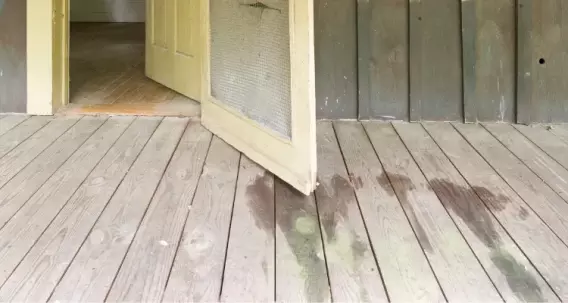
7. Check for leaks around windows and doors.
Check for leaks around windows and doors.
If you see water on the outside, you leak! A great way to check for leaks is by filling a spray bottle with water and spraying the window and door frames. If there's water on the outside, it means that there's a problem with your windows or doors—or their seals—and they need to be replaced or repaired. If you don't see any noticeable signs of leakage, then congratulations. You don't leak.
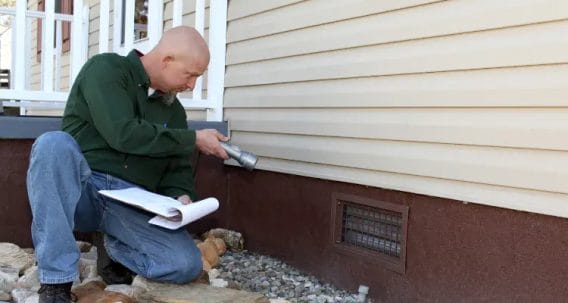
8. Create a foundation form around your home.
Foundation forms are often made of wood or plastic and can be used to create a wall around your home's perimeter. This wall keeps water from seeping into the ground around the house, preventing erosion. Foundation forms are usually installed in the ground around the perimeter of your home, but they also have other uses.
Sometimes foundation forms are used as a retaining wall for landscaping purposes—they're not just used when building houses!
Foundation forms come in varying sizes, shapes, and materials, so you can choose one that best suits your needs (and budget).
9. Seal cracks in basement walls and floors.
- Caulk or paint cracks in walls and floors.
- Use concrete to seal cracks in walls and floors.
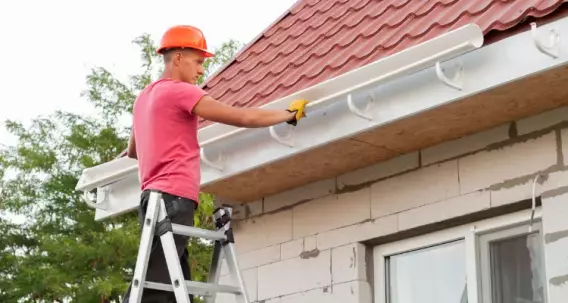
10. Improve window drainage systems.
You can also improve window drainage systems. If your windows do not have a sill, you should consider adding one. The sill should be made of material that prevents water from entering the home. It can be made of wood or metal and should extend out at least 1/4 inch from the window frame to create a lip to direct water away from the house.
If you already have sills on your windows, be sure they are in good condition and high enough above grade to prevent pooling around them. If they are not high enough above grade or otherwise damaged, replace them with new ones that meet these criteria and those recommended above for sills with lips (see Step 3).
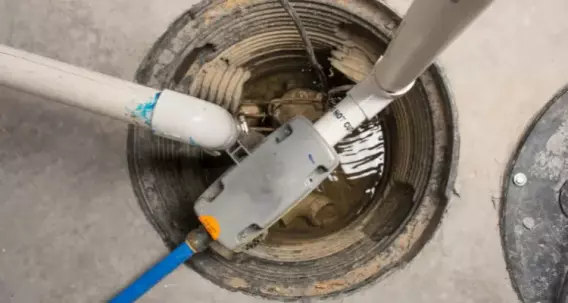
11. Keep sump pumps free of debris.
To keep water out of your house, you must ensure that your sump pump is functioning properly. To accomplish this, you will need to:
- Check the pump every month. Make sure it’s physically working and there are no signs of rust or corrosion on any part of the apparatus. Clean out debris collected around the pump or discharge pipes and inside the sump pit.
- Check the filter. If any debris has built up in here, clean it out by hand or buy a new one if necessary! Be careful while disassembling these devices—they can be very fragile!
- Look at where your pipes drain into outside drains; check for signs of leakage (either from cracks or from clogs in drainage lines), and fix these issues immediately before they pose problems during heavy rain events later on down the line if left unchecked over time due to neglecting regular maintenance duties like this task requires each year without fail.
12. Get creative with landscaping features.
You can transform your landscape into a verdant, water-catching, water-filtering, and water-battling machine. Here’s how:
- Use rocks or stones to divert water. If you have a large rock that stands out in your yard and isn't quite right for the style of landscaping you're going for, consider using it to redirect rainwater away from your house. You could also create small piles of rocks around the perimeter of your property; just be sure not to place them close enough together that they could form a dam and cause flooding if there were heavy downpours.
- Use plants to slow down or block water from entering your house during heavy rains (or even regular rains). Try adding vertical gardens on walls surrounding windows—they'll absorb moisture from any nearby rainfall before it can seep through cracks in those walls' foundations underground, which might cause damage over time. Consider planting shrubs near doorways so when people walk out into rainy weather, they won't kick mud onto their floors as much (although this may not work well if you live somewhere with snow). You can also install weed barriers around doors and windows so no soil gets carried inside upon entry either through wet shoes or stray pets who might track mud all over the flooring after being outside playing ball games during storms."
13. Repair leaking faucets inside the house.
There are several types of roof leaks:
- Faucet leaks. If you notice your faucet leaks, it’s time to repair it before it worsens. This can be done by replacing the washer or replacing the entire faucet.
- Pipes and plumbing under sinks, showers, tubs, and other fixtures inside walls may leak if they have become corrupted or damaged over time due to wear and tear on their materials (e.g., copper pipes). Leaks in these areas can cause serious damage over time if left untreated because they will continue to grow larger until you finally discover them in a very advanced state where fixing them would only be possible after completely tearing down a part of your house just so that we can access those areas easily enough for us to get our hands on them without causing too much trouble for ourselves at this point when doing so could prove beneficial for both parties involved;
- Toilets also tend to leak from around their base where pipes are connected, which helps bring water into our homes from outside sources such as lakes/ponds nearby. Those pipes can sometimes break off due because old age has taken its toll on almost everyone else except maybe those lucky few who never grew up like me (they may still need some work, though), but even then, we might still need help since I don't think anyone wants me going through their bathrooms naked while closing doors behind me as well as opening ones ahead -- especially if there's someone else living with us!
14. Reposition downspouts so that water flows away from foundations and walls (instead of toward them).
- Reposition downspouts so that water flows away from foundations and walls (instead of toward them).
- Run the downspout to a low point in your yard, at least 10 feet from the foundation.
- Seal gaps around the base of the house to prevent water from entering. This can be done with caulking or with special flashing materials.
- Keep gutters clean and clear of debris that could block drainage or create noise when it rains, as this will prevent water from flowing properly into them.
15. Curb splashback from sprinklers, fixtures, and hoses.
For sprinklers and fixtures, use a splash shield. A splash shield is a metal hanging over the area where water comes out and deflects the water horizontally away from your foundation. It can be installed on new installations or retrofitted to existing ones.
- For hoses, use a splash guard or splash diverter. A hose guard is like a fence for your hose: it prevents water from splashing onto your sidewalk and patio when it's being used outside in wet weather. You can also install a splash diverter for hoses if you'd rather direct runoff into another location rather than having it run down onto your yard (like into an empty flower pot). Splash guards are available online as well as at home improvement stores like Lowe’s and Home Depot, while both types of products can be found at hardware stores like Ace Hardware or True Value.
16. Keeping water out of your home during heavy rains isn’t complicated, but it is important
While it may seem like keeping water out of your home during heavy rains is complicated, it's actually not. The key is simply to take some basic precautions, such as checking for leaks and ensuring all windows and doors fit snugly so rain can't get in.
It's also important to remember that while water can cause damage to a building—especially if there are any holes in the roof or walls—it won't destroy the home on its own. Water will not cause mold to grow unless there is already mold present; therefore, you shouldn't worry about becoming sick just because it's raining outside your house. But if you do notice some mold starting at one point inside your home during a rainy spell, try cleaning it up immediately with vinegar or bleach (not both at once!)
17. Install a Swale
A swale is a depression that collects water and allows it to seep slowly out of the landscape without causing damage to the home. They're typically installed in yards with steep terrain or those prone to flooding. Many municipalities require homeowners to install one on their properties.
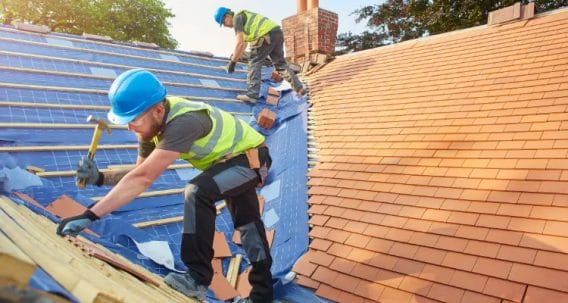
The best way to use a swale is to design it to divert water away from the house itself. This prevents water from damaging the structure and helps keep the yard looking nice even during wet weather.
As you might imagine, most people don't want to invest in a large project like installing a swale, especially since there are plenty of other things they could do, such as mowing lawns or planting flowers. But it doesn't take much effort to put one together. And once it's done, you'll never regret having one.
Frequently Asked Questions
How bad has flooding been in Texas?
The Guadalupe, Brazos, Trinity, and Colorado River basins were flooded by up to 17 inches of rain in December 1991/January 1992, leading to 15 deaths and $100 million in flood damage.
Flash floods are caused by what?
Thunderstorms moving slowly over the same area or Thunderstorms repeatedly moving over the same area are the main causes of flash flooding.
If my car is flooded, what should I do?
A floodwater crossing should be avoided! Turn around and take a different route.
To protect ourselves from heavy rain, what should we do?
Stay away from windows and doors during heavy rain and strong winds, wear protective clothing, and seek shelter indoors. You should avoid roadway underpasses, drainage ditches, low-lying areas, and areas where water collects – they may flood or overflow unexpectedly. You should avoid driving in heavy rain due to poor visibility.
Is rock drainage helpful?
By designing ditches to look like creeks or meadows, rocks can direct water towards ditches, landscaped as swales. Rocks are low maintenance and are excellent components of a yard's drainage system since they do not compact or degrade over time.
Conclusion
These 17 ways to block water from entering the house, have been mentioned for you. One thing we can also mention is that doing regular checks of your property will help you detect any leak as early as possible.
If there's a leak somewhere in your house, be sure to contact a reliable leak detection service right away. In this way, not only will it save your valuable possessions but also become easy for you to handle the situation with minimum damage and inconvenience.






